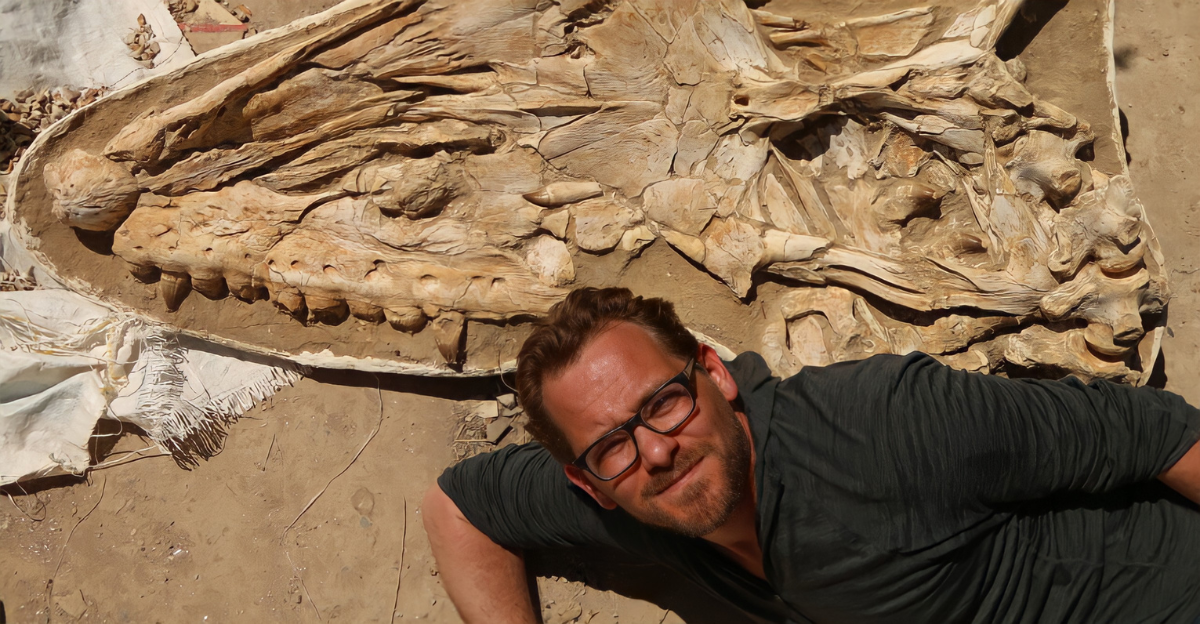
Imagine venturing deep into the world’s largest cave, only to stumble upon the fossilized remains of giant sea creatures that swam Earth’s oceans 325 million years ago. That’s exactly what scientists recently discovered in Mammoth Cave in Kentucky. These remarkable fossils give us a new window into an ancient ocean teeming with bizarre fish and fierce shark-like predators — and they’ve been hidden underground for aeons, just waiting to be found.
World’s Largest Cave Yields Ancient Shark Fossils
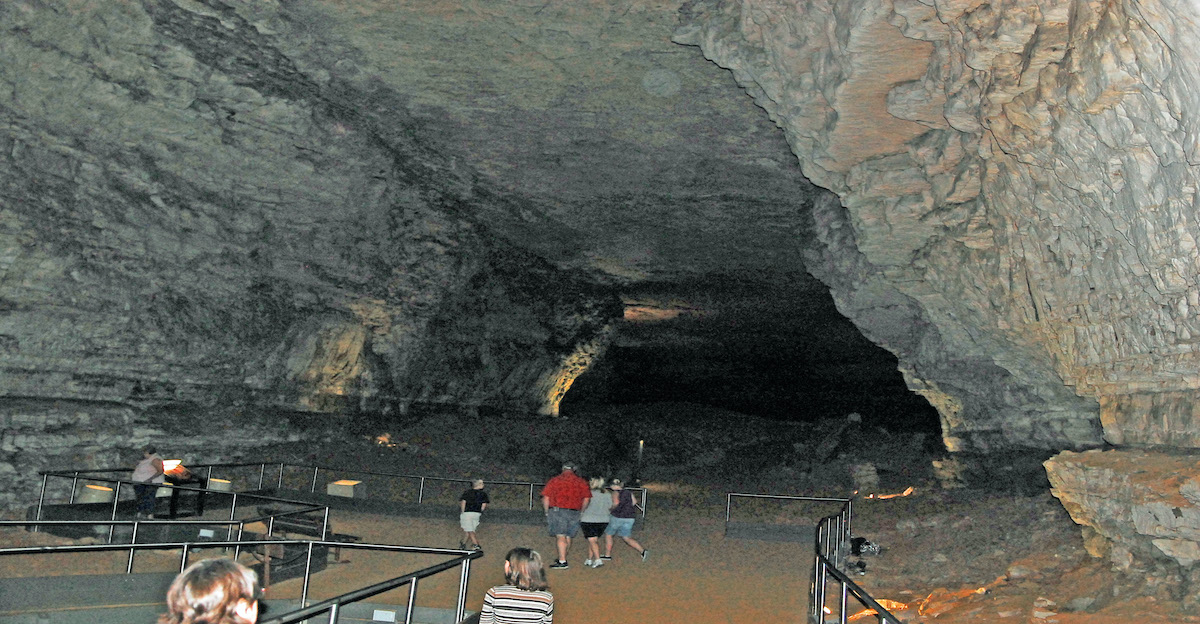
Kentucky’s Mammoth Cave (over 420 miles of passages) has just given up a remarkable secret. Paleontologists found fossils of two new shark species, Troglocladodus trimblei and Glikmanius careforum, hidden in its limestone walls. These sharks swam in warm coastal seas about 325 million years ago. The fossils were dug from Mississippian-age rock layers, dating to the Carboniferous period, when this region lay under a shallow tropical sea.
Troglocladodus and Glikmanius
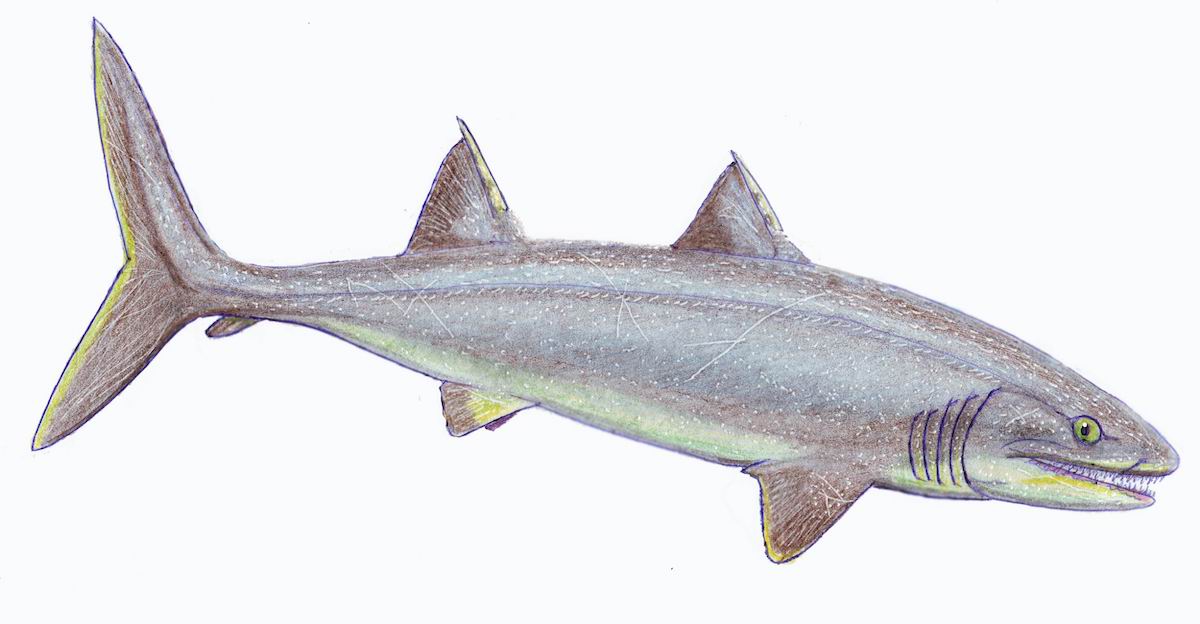
An artist’s reconstruction shows the newly identified ctenacanth sharks Troglocladodus (foreground) and Glikmanius (background) in a Carboniferous seaway. Both species grew to roughly 10–12 feet (3–3.6 meters) long, about the size of a modern oceanic whitetip shark. Troglocladodus (“cave branching-tooth”) had comb-like teeth in its jaws, while Glikmanius had a short, powerful skull and strong bite adapted to hunting smaller sharks, fish and squid-like orthocone animals. Finding even their teeth is rare, since sharks’ skeletons are mostly cartilage.
Cartilage vs. Bone

Sharks are mostly cartilage, which normally decays and leaves behind few fossils. In most digs, paleontologists only find hard teeth. That’s why Mammoth Cave’s shark fossils are special. Here, even fragments of jaws and gills survived. As one expert put it, preserved shark cartilage is “especially rewarding” because it rarely survives erosion. The cave’s stable environment helped protect these fragile parts. Inside, cool temperatures and constant humidity act like a vault, keeping delicate remains intact for hundreds of millions of years.
Life in Carboniferous Seas
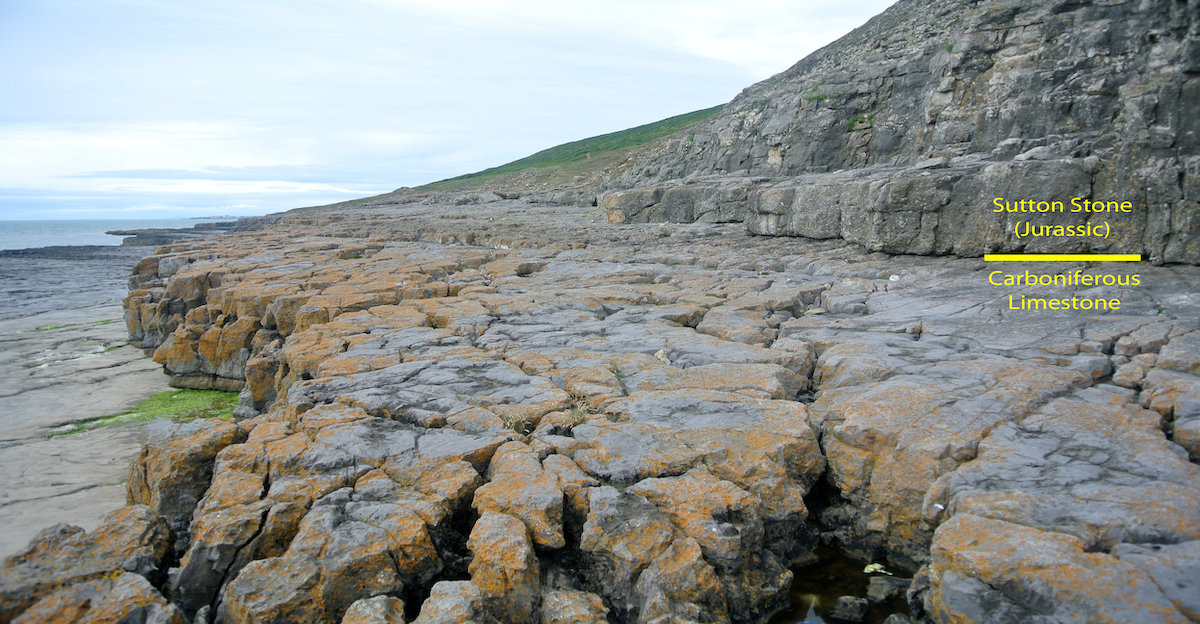
The 325-million-year-old seas were teeming with life. Sea-floors were carpeted by vast “forests” of crinoids (sea lilies) – stalked echinoderms whose plates built layers of limestone. Alongside crinoids lived brachiopods (lamp shells), bryozoans (moss animals), and blastoids, all filter-feeders. Coral reefs were present but smaller than today. Swimming above this benthic world were schools of fish and cephalopods. Primitive sharks like Cladoselache prowled the waters, and shelled nautiloid squid (some over 10 feet long) darted about.
The mix of animals then was very different from modern oceans, but rich in biodiversity.
Paleogeography 325 Million Years Ago

Back in the Late Mississippian (Carboniferous), Earth looked very different. North America and Europe were drifting together near the equator, while Gondwana (Africa, South America, etc.) was moving toward the South Pole. A shallow sea covered much of what is now Kentucky and Alabama, linking up with ancient seaways to Europe and Africa. The climate was generally warm and wet near the equator, but ice sheets grew on Gondwana at times, causing sea levels to fall and rise repeatedly. These fluctuations flooded and exposed coastal habitats, shaping which species thrived.
Ecosystems of the Carboniferous
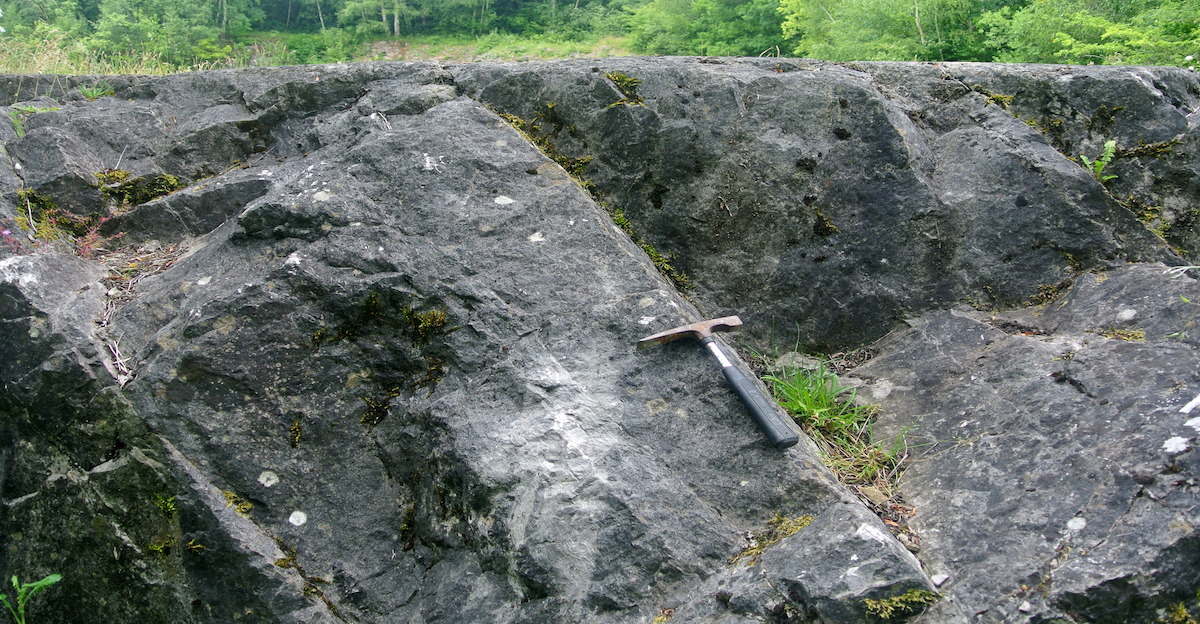
Carboniferous oceans were hotspots of evolution. Invertebrate life dominated the seafloor: crinoids grew in dense assemblages, and free-swimming mollusks (ammonoids and nautiloids) hunted among them. The water column held both cartilaginous sharks and bony fishes. One common shark was Cladoselache, and there were orthacanthid sharks in freshwater. Early fishes (lobe-finned, lungfishes and ray-finned) also swam in rivers and seas.
Notably, oxygen levels were higher than today (around 30%), enabling giants, for example, dragonflies with 2.5-foot wingspans, on land, and likely supporting large marine predators too. All these creatures formed a complex food web in ancient seas.
Caves as Natural Time Capsules
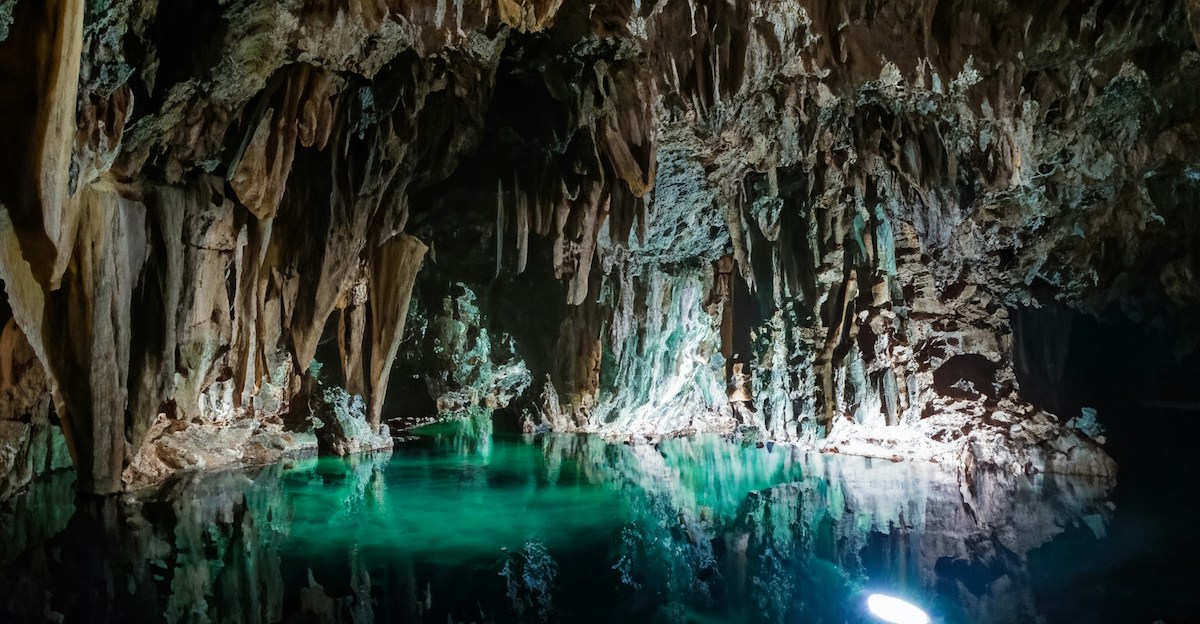
Why do caves preserve fossils so well? The Mammoth Cave team explains that caves act like climate-controlled vaults. With nearly constant cool temperatures and humidity, decay is slowed, and fossils remain unweathered. Inside, organic material is shielded from sunlight and surface weather. Stable underground conditions kept Mammoth Cave’s shark teeth and cartilage in surprisingly good shape. In fact, palaeontologists now intentionally map and scan cave fossils (even creating 3D models) because once exposed, they can last millions of years without blowing away.
In short, caves protect and treasure fossils better than almost any other environment.
Fossils Found in Caves Around the World

Mammoth Cave isn’t the only cave with marine fossils. Worldwide, underground chambers have yielded surprising finds. In Spain’s Prado Vargas Cave, archaeologists uncovered 15 seashell fossils (gastropods) dated to about 40–55 thousand years ago – likely gathered by Neanderthal children as curios. Similarly, a cave in Thailand (Pakarang Cave) was found to contain fossil corals from 250–400 million years ago, indicating the cave formed under an ancient sea.
Even Australia’s famous Jenolan Caves display Silurian-age marine fossils embedded in the walls. These examples show that caves – even far inland – can trap and preserve bits of ancient ocean life.
Shark Evolution and Ancient Oceans
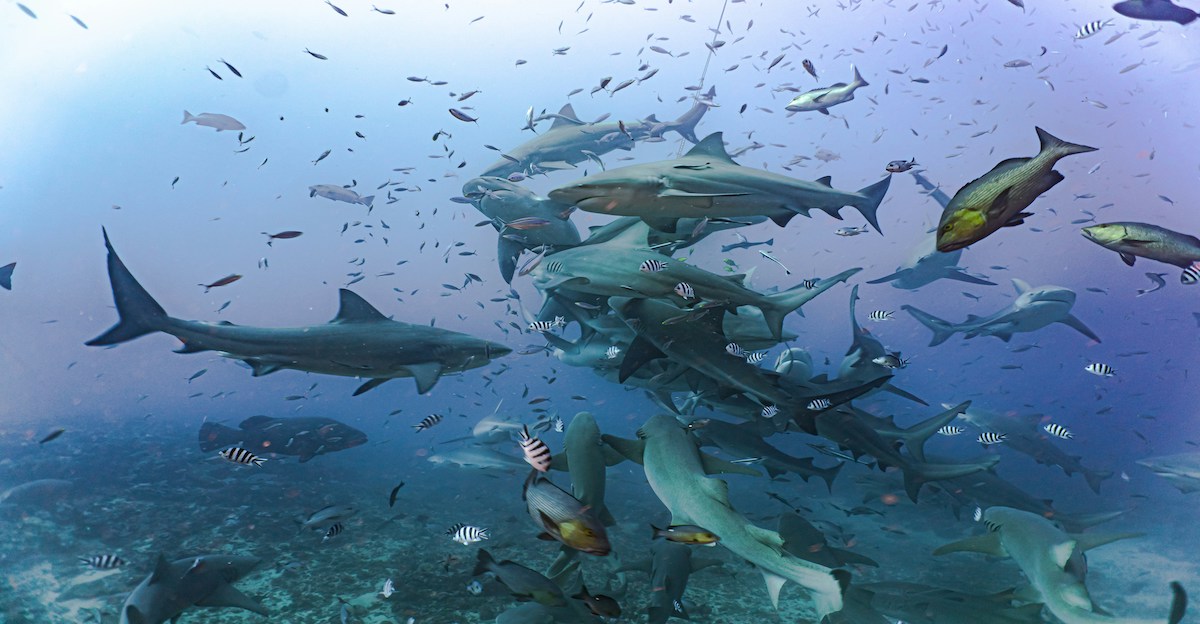
Each new fossil reshapes our understanding of prehistoric life. Scientists can now compare Mammoth Cave’s sharks with specimens from Europe, North America and beyond to build a global family tree of sharks. For example, finding Glikmanius so much earlier extends that genus’s known history. Tracking tooth size and jaw shape in fossils reveals how shark lineages adapted over time. The data also illuminates bigger changes: as continents joined into Pangaea, shallow seas shrank and many coastal species disappeared.
By piecing together shark teeth, coral fossils and fish bones from different caves, researchers get a fuller picture of Carboniferous oceans and the biodiversity they supported.
The discovery of Troglocladodus and Glikmanius shows that even well-studied places can hold surprises. Mammoth Cave’s managers are now integrating this new data into future research and exhibits. They’re creating artist reconstructions and interactive models so the public can “see” these fossils without spelunking. Every fossil find reminds us that caves are archives of Earth’s deep history. Who knows what other creatures of the Carboniferous lurk in dark passages, waiting to rewrite science textbooks?







